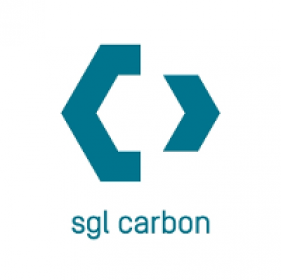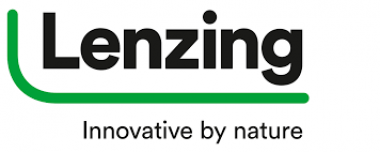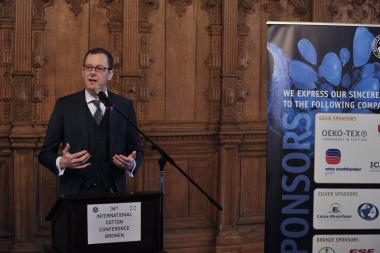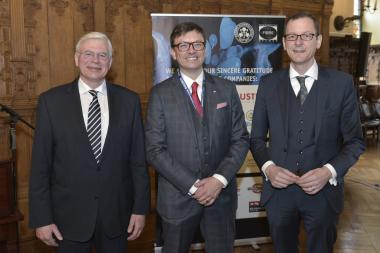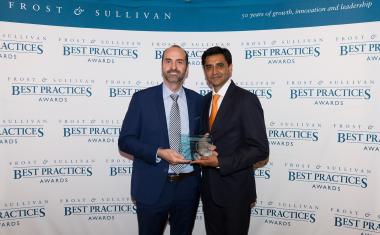adidas grows double-digit in Western markets in Q1 2022
- Currency-neutral sales down 3% as supply constraints reduce top-line by € 400 million
- Western markets continue to show strong momentum with combined currency-neutral sales growing 13% across North America (+13%), EMEA (+9%) and Latin America (+38%)
- Gross margin down 1.9pp to 49.9% driven by significantly higher supply chain costs
- Operating margin of 8.2% reflecting additional investments into brand, DTC, and digital
- Net income from continuing operations reaches € 310 million
- FY 2022 outlook for revenue and net income confirmed at the lower end due to the impact from covid-19-related lockdowns in Greater China
“In the first quarter, consumer demand for our brand and products was strong in all Western markets. Our combined sales in North America, EMEA and Latin America grew at a double-digit rate. Backed by an exceptionally strong wholesale order book and relentless focus on driving growth in our own DTC channels, we expect this positive development to continue for the rest of the year,” said adidas CEO Kasper Rorsted. “In the East, we will return to growth in Asia-Pacific in the second quarter, while we expect the challenging market environment in Greater China to continue. With strong double-digit growth in the vast majority of our markets, representing more than 80% of our business, we are well positioned for success in 2022. “
For the full press release, see attached document.
adidas AG









